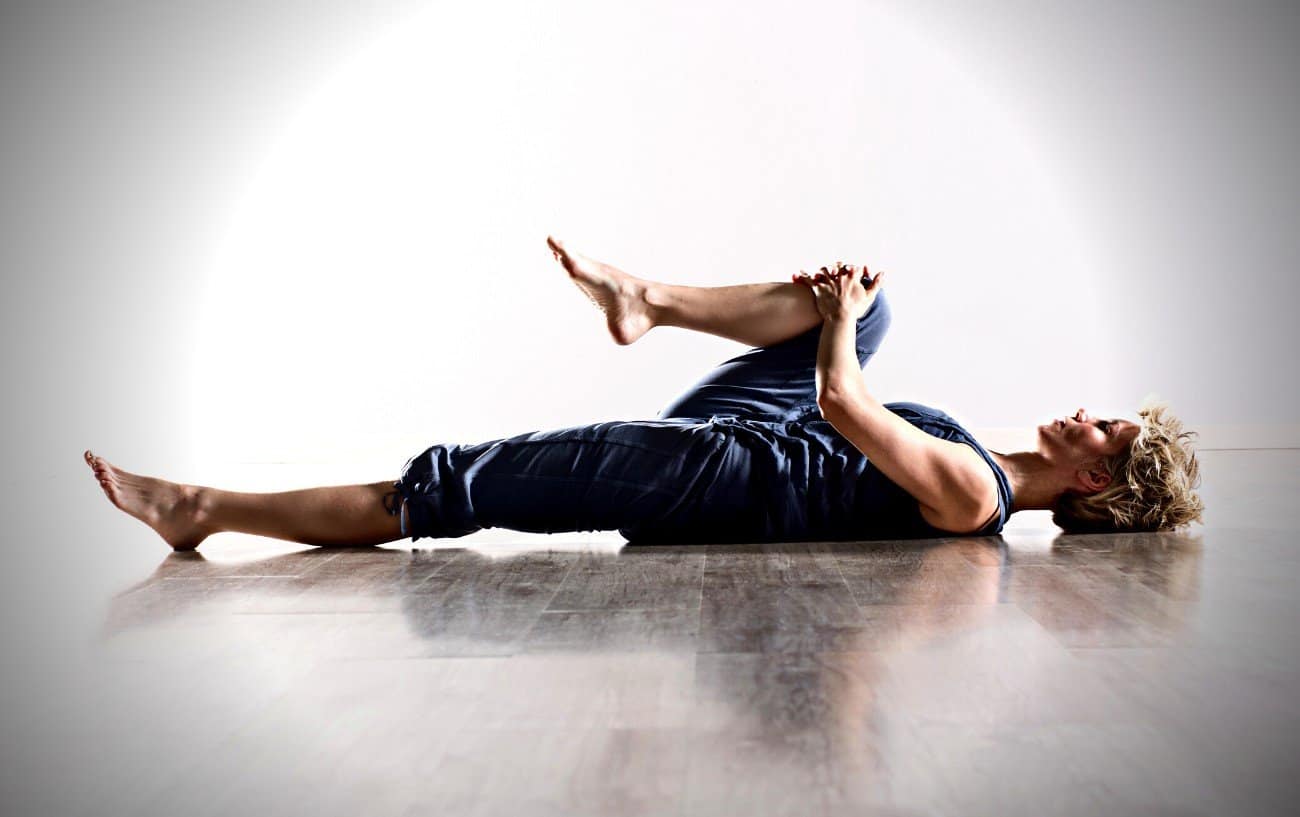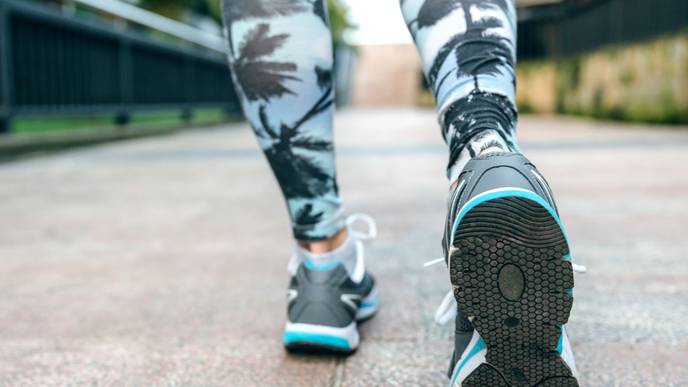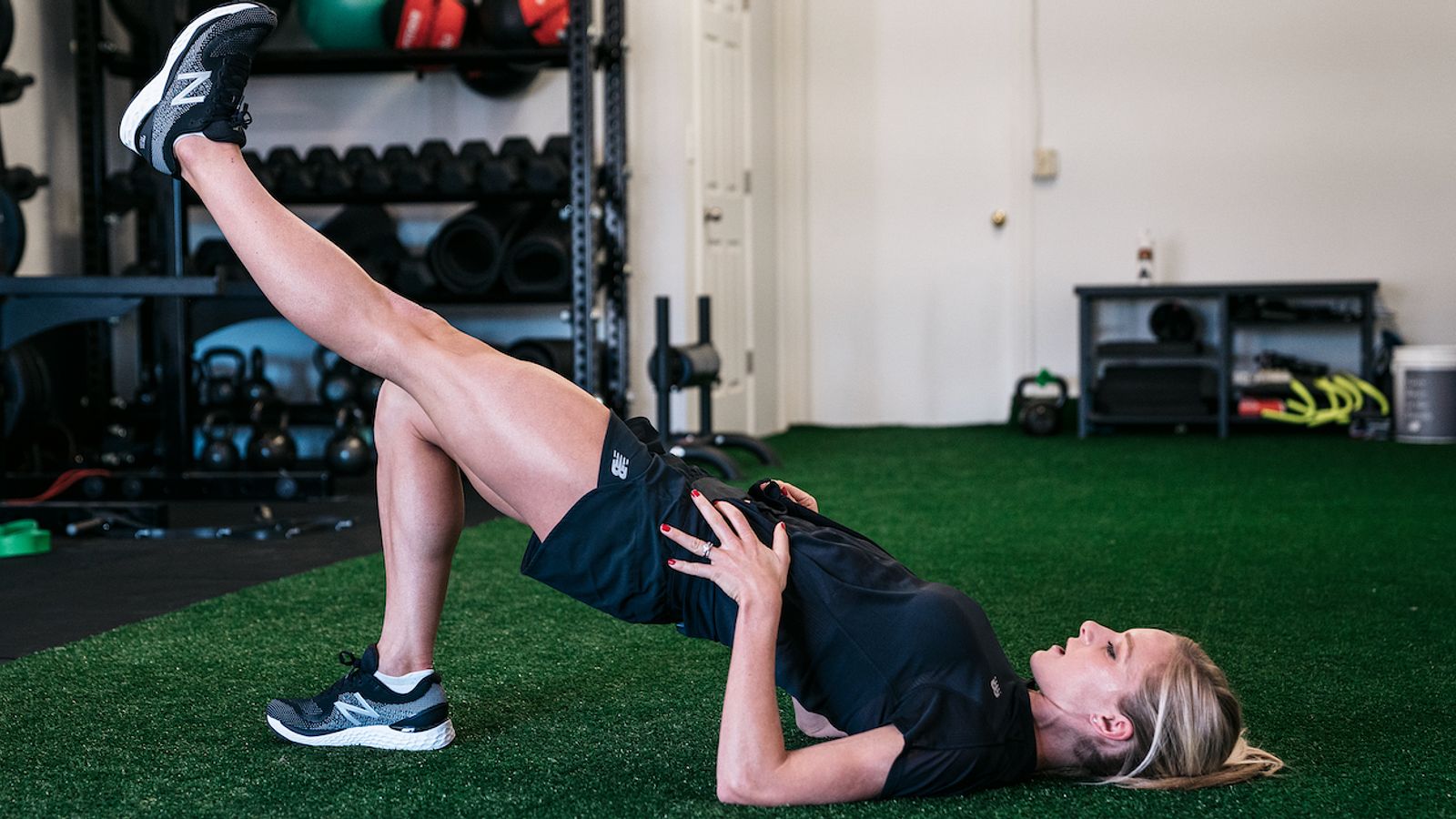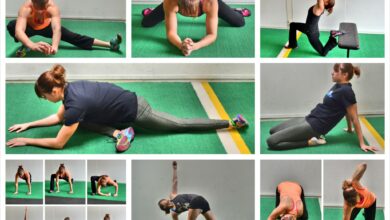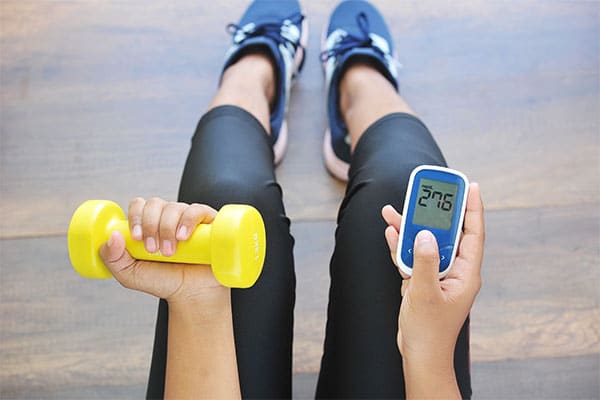
Exercise is one of the three pillars of diabetes management, together with medication and a healthy diet.
If you’re wondering why, here’s the long and the short of it, according to Dr Mosima Mabunda, Head of Wellness at Discovery Vitality.
Why should I exercise?
An exercise is an important tool for preventing diabetes and related health complications, such as insulin resistance and type 2 diabetes mellitus, which can be developed over time from lifestyle behaviour.
As explained by Harvard Health, for people who have diabetes, the benefits of exercise can’t be overstated. A past study, for instance, found that people with diabetes who walked at least two hours a week were less likely to die of heart disease compared to their sedentary counterparts, while those who exercised three to four hours a week cut their risk even more. For people with diabetes, exercise is essential, says Mabunda:
Exercise also helps prevent foot ulcers, as physical movement improves blood flow to blood vessels that transport oxygen and nutrients to muscles and tissue.
1. How much exercise do I need?
For the best health benefits, people with diabetes should do at least 150 minutes (2.5 hours) a week of moderately intense physical activity, such as fast walking, lap swimming or cycling, or 75 minutes of vigorous intensity per week, to get their heart rate going, says Mabunda. Include muscle-strengthening activity twice or thrice a week.
2. How hard should I exercise?
You should aim for moderately intense exercise. If you want to take on any highly intense exercise, clear this with your healthcare provider first, advises Mabunda.
She adds: “Moderate-intensity activity raises the heart rate. Breathing becomes faster, and your body temperature increases, but having a conversation is still possible. Vigorous-intensity activity raises the heart rate significantly, and breathing becomes hard and fast. No more than a few words can be spoken without pausing for a breath.
3. Why is the timing of my session so important?
“Always consider the timing of exercise and how it impacts medicine levels,” says Mabunda. For people with diabetes to exercise safely, it’s crucial to track their blood sugar before, during and after physical activity.
“People who take medication, especially insulin, may experience hypoglycemia (low blood glucose) as exercise enhances the function of insulin, effectively drawing glucose out of the blood and into the muscles,” she adds. Always have a diabetes-friendly snack with you to counteract dizziness and fainting linked to low blood glucose.
4. How do I become more active?
It’s clear that exercise is a great way to lower blood glucose levels, improve insulin resistance and shed weight. Here are a few ideas to get you going:
- Start slowly by making small changes to current activity levels.
- Avoid sitting or not moving for too long, and find ways to bring more movement into your day, like taking the stairs and walking more.
- Increase your activity bit by bit, tracking it all the way.
- Set (realistic) goals.
- Variety is key. Choose an activity you enjoy to encourage regular participation – be it a walk or swim, a sports team practice, a martial art or dance.
- Make it social. Join your local Parkrun and enjoy the outdoors at a brisk pace with your friends and family.



